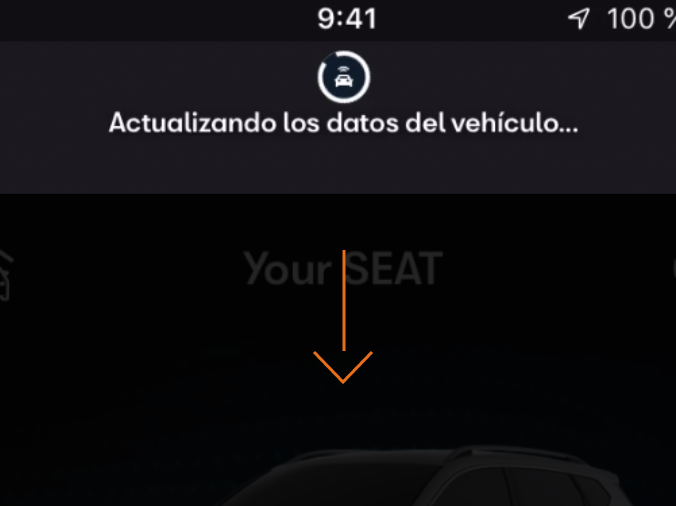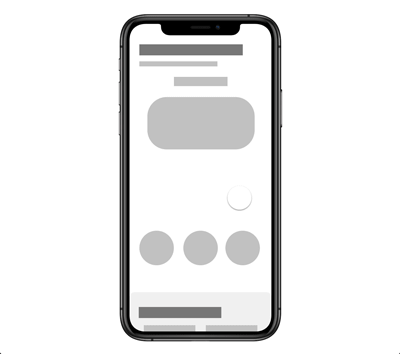The Problem
Cupra is launching their first all electric vehicle and referencing previous connected apps for combustion powered cars to influence the new product and reduce engineering efforts
Existing challenges
Usability
From the app there was no flow for vehicle error recovery, however signifiers in vehicle render created dark patterns.
New technology
Technical unknowns related to connected e.v.
Changes in customer mental models.
Connectivity
Vehicle connectivity and summon was unclear and created waste of vehicle data.
The solution
Cupra Connect
The remote control app for Cupra Born is based on quick actions
while always keeping an eye on the vehicle status.
recognition over recall
Vehicle Monitor
Easily recognize ongoing vehicle processes and events
RBC
Remote
Battery Charge
Charging features allow user to charge to a desired target or set a charging time
remote battery charge
Charge to Target
The slider allows the user to set a target percentage while guiding the user through short/long distance charging.
remote battery charge
Charge by Timer
Charging by Timer behaviour, including the Home view under a charge to timer process. Designs in collaboration with Oriol Solá
Time and energy consumption
Charging Settings
Reduced charging current allows to charge with the smallest consumption possible while the auto-unlock ensures that the vehicle is ready to go once charged.
Settings behaviour. Designs in collaboration with Oriol Solá.
💡Quick win
Vehicle Summon
Users can control when to retrieve real time information in order to save data consumption on mobile devices
Updating vehicle flow.
vehicle status
Notifications
In app notification system that allows customers to receive vehicle health/status notifications, without rendering misleading signifiers in vehicle render.
Results
Improved vehicle summon functionality and reduced vehicle data waste. Implemented in the rest of SEAT connected apps.
Introduced design sprints for internal application within the R&D department at the SEAT innovation lab.
Improved vehicle status and error communications.
how we got there
Process
We followed a design thinking approach and embraced multidisciplinary collaboration and continuous testing allowed to inform the digital product throughout the different stages.
Example of digital strategy
Testing existing app and vehicle hmi
Primary Research
Our initial research focused in existing insights from previous apps and existing Volkswagen connected app for the id3 model, however the in-car experience and research of the HMI was used as a proxy to inform the new connected app.
Existing feedback
Connected app for non electric vehicles
hidden vehicle summon
The update function was not accesible/visible. Customers experience different data in vehicle HMI from app. This also caused waste of vehicle data due to repetitive calls and vehicle summon.
vehicle status and Error recovery
Signifiers in vehicle render communicated as an interactive item and cause confusion to users.
Task completion tests
In-vehicle experience
CUPRA elBorn HMI when charging and VW ID3 HMI when charging
The Customer Journey
Mapping the journey across the mvp gave us birds-eye view and allowed us to map pain points in each step. This lead to a joint effort to improve the onboarding experience in order to increase the vehicle and device registration flow.
Example of user journey.
participant approach
Secondary Research
Card sorting exercises and interviews helped us triangulate qualitative/quantitate insights as we tested and prioritised the main functionalities for the mvp.
Card sorting
Card sorting exercise to identify JBTD. Collaboration with UX Lab
The Discovery
While collaborating with the research lab we identified jobs to be done during the customer journey, in/out vehicle.
Customers expected a stable service that is easy to use with more digital features.
Trip planning is very different with e.v causing fear of running out of battery.
Number of SEAT ID’s was low due to complex onboarding journey and interactions at car dealers.
Customers expect the remote control app to work seamlessly, effortlessly and be reliable.
Reframing the Problem
HMW guide customers through new technologies while reducing complexity of remote controls.
Facilitation & D.Sprints
In a multidisciplinary environment we formulated a couple of hypothesis to bring to a design sprint for later testing.
Hypothesis
We believe that a clear CTA to update vehicle data will allow Cupra customers to better monitor vehicle status in real time.
We believe that contextual actions will enable system overview before starting remote actions, which will bring ease of use to Cupra customers.
We believe that the connect app should be an extension of the in-vehicle experience which will bring a unified experience to Cupra customers while reducing frictions.
Design sprints
Design sprint evolution
Sketches
Cross-team collaboration in lightning sessions at SEAT Innovation lab.
failing early and fast
Early Prototyping
We created different prototypes for early testing and analysis with customers and functional owners before designing pixel perfect concepts.
The remote app would grow digital functionalities - thinking long term was critical.
Iterations and early testing of low-mid fidelity prototype and concepts.
UX LAB collaboration
Early Testing
We partnered with the UX Lab to plan and conduct different types os testing, from task completion exercises, heat map tracking and interviews.
Heat map testing on early concepts.
Task completion test of early prototypes
Gaze map testing on early concepts
Task completion test and results
CROSS DOCUMENTATION
Flows & Diagrams
By creating wireflows in a collaborative environment we were able to document main functionalities together with data, backend engineering, functional owners and content teams.
Remote charging
a new corporate identity
Design Partnership
The HMI team and Design had direct collaboration, to conduct experiments when applying a the new ci to the e.v. connect app.




















